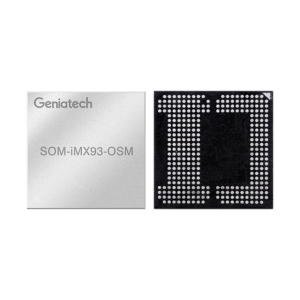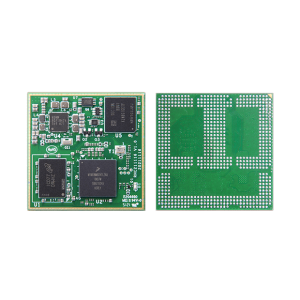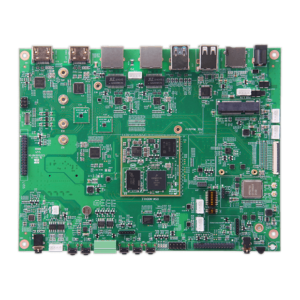The Open Standard Module, also called an “OSM,” is an emerging standard for System on Module (SoM), and it’s the first module to be directly soldered onto the carrier card. Its LGA/FTGA/BGA design enables the integration of multiple interfaces within a small footprint. This innovative approach meets the evolving requirements of IoT applications by combining the advantages of modular embedded computing with cost, compact, and interface flexibility. Here are its key features:
Solderability: OSM modules are designed for direct soldering onto carrier cards, enhancing their ruggedness in vibrating environments, ideal for products requiring compact form factors.
Size: OSM standardizes four different sizes: Zero, Mini, Standard, and Large, distinguished by the number of available LGA pads on the module.
Interfaces: OSM modules offer predefined software and hardware interfaces, supporting various communication protocols and interface technologies such as PCIe lanes, Ethernet, LVDS, DSI, etc.
Open Source: OSM supports open-source software and hardware, fostering community participation and innovation.
Applications: OSM modules find applications in IoT, industrial automation, medical devices, particularly in scenarios demanding robust AI and machine learning capabilities.
Technical Scalability: OSM allows for the development, production, and distribution of embedded modules for MCU32, Arm®, and x86 architectures, offering technical scalability.
- Application Scenarios: Potential applications for OSM modules include embedded systems for IoT connectivity, edge computing systems, etc. These systems run open-source operating systems and are capable of operating in harsh industrial environments.
Due to its small size, low cost, and high scalability, the OSM standard is gaining acceptance in the field of embedded system design and holds the potential to replace traditional credit card-sized modules in the future.


